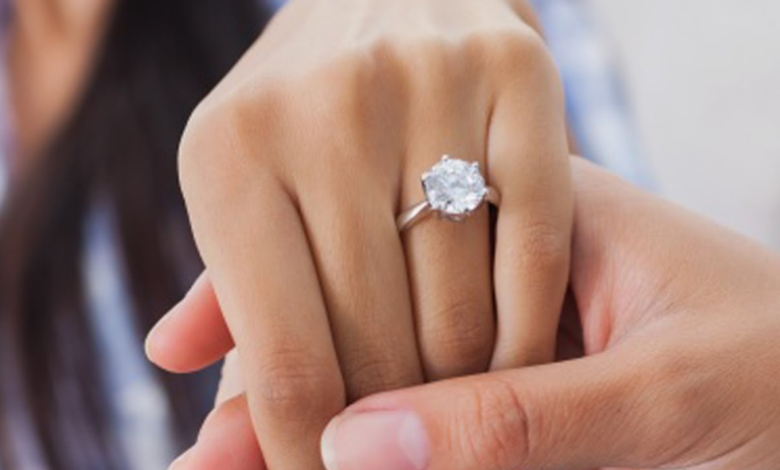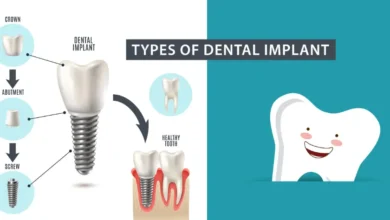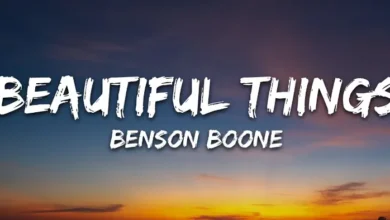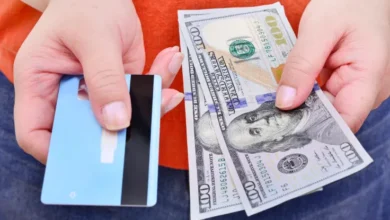Why Choose a Conflict-Free Diamond for Your Engagement Ring

When selecting a diamond for an engagement ring, several factors include cut, size, shape, and price. However, one essential factor that you should never overlook is whether the diamond is conflict-free. A conflict-free diamond ensures that human rights abuses, environmental damage, or funding of violent conflicts do not taint your symbol of love. Let’s delve into why selecting a conflict-free diamond for your engagement ring isn’t just a choice but a responsibility.
Contents
Ethical Implications: A Duty to Humanity
When you choose a conflict-free diamond, you consciously reject the cycle of violence associated with the diamond trade in war-torn areas. This choice signifies that you are not complicit in the human rights abuses, child labour, and exploitation often connected to the mining of diamonds in conflict-ridden regions. It reflects a commitment to humanity, ensuring your engagement rings encapsulate pure love, not someone else’s pain.
Environmental Concerns: Protecting Our Planet
Conflict diamonds are problematic from a human rights perspective and pose significant environmental threats. Unregulated mining practices destroy ecosystems, displace communities, and can lead to the degradation of vast landscapes. Choosing a conflict-free diamond ensures that you are supporting mining operations that are environmentally responsible and committed to sustainable practices.
Assuring Conflict-Free Status: The Kimberley Process
To address concerns over blood diamonds, the diamond industry established the Kimberley Process Certification Scheme (KPCS) in 2003. It is a joint initiative by governments, diamond industries, and civil society organizations designed to certify the origins of rough diamonds and ensure they are conflict-free. However, while the Kimberley Process has made strides in reducing the flow of conflict diamonds, critics argue that it only encompasses some issues related to diamond trade ethics. Doing your homework and asking your jeweller for detailed information on a diamond’s provenance is necessary.
Advocating for Transparency and Responsibility
Selecting a jewel that upholds ethical standards promotes greater transparency in the diamond industry. When consumers demand conflict-free diamonds, it pressures jewellers and diamond suppliers to adopt responsible sourcing practices. This proactive approach amplifies the call for a more ethical and accountable diamond trade.
Safeguarding Your Investment
Apart from the moral implications, choosing a conflict-free diamond is also a wise financial decision. Ethically sourced diamonds retain their value over time because they are free from the controversy that can diminish the value of blood diamonds. Moreover, the peace of mind you gain from knowing your diamond is ethical is a priceless complement to your investment.
Ways to Ensure You’re Buying a Conflict-Free Diamond
When shopping for your engagement ring, there are several ways to confirm you’re buying a conflict-free diamond.
Firstly, only purchase diamonds from reputable jewellers who adhere to the Kimberley Process and can provide a diamond’s entire history. Look for sellers beyond the Kimberley Process, adopting additional measures such as the Responsible Jewellery Council certification or Canadamark, which traces the stone’s journey from Canadian mines to the finished product.
Secondly, alternatives such as Canadian diamonds, mined under strict environmental and labour regulations, should be considered, ensuring they are conflict-free. Or, opt for lab-grown diamonds, which have a minimal ecological impact and are guaranteed not to fund conflict.
Choosing a conflict-free diamond for your engagement ring is indeed a profound statement. It signifies that your love is pure and your commitment to shared values is unyielding. A conflict-free diamond is an emblem of your love – beautiful, enduring, and ethically sound. This choice will allow you to cherish your symbol of commitment fully, knowing that it represents love in the truest sense – free of conflict and full of hope.



